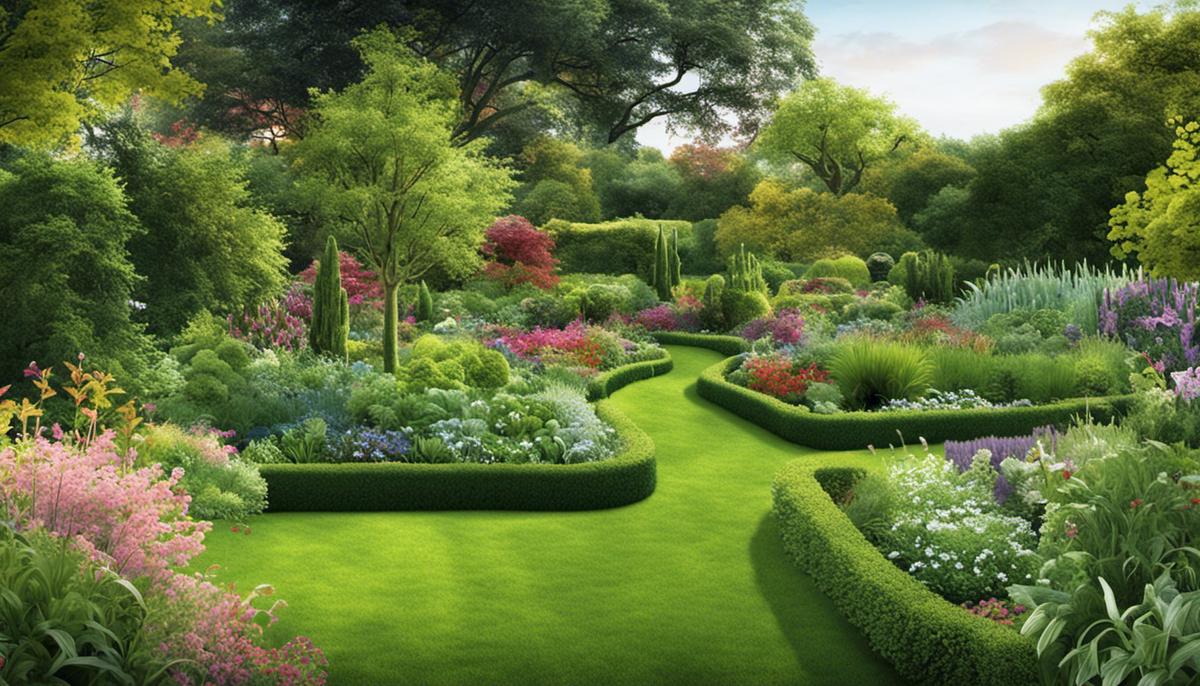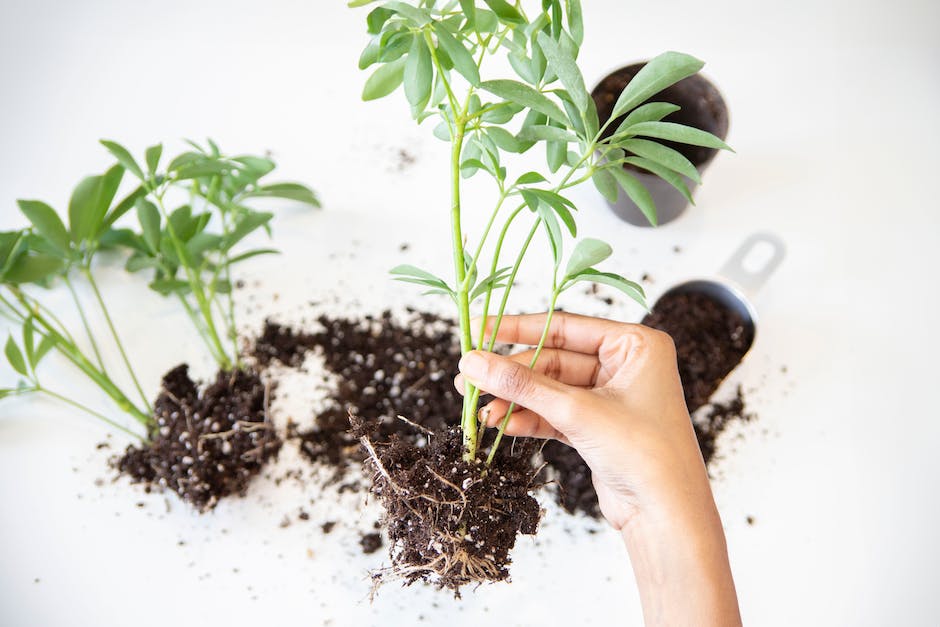Understanding The Planting Zones In Massachusetts

Understanding the environment and natural conditions of a region is fundamental to successful gardening, and this knowledge is arguably most critical when it comes to determining one’s planting zone. The concept of planting zones, also known as Hardiness Zones, put forth by the United States Department of Agriculture (USDA), is a crucial tool in this regard. Gardening in Massachusetts, blessed as it is with a diverse selection of potential plant life, is no exception to this rule. To comprehend how planting zones can influence which plants thrive and which struggle, we first need to delve deeper into the concept of these zones and the vital role they play in horticulture.
Definition and Importance of Planting Zones
For any zealous gardener in the beautiful state of Massachusetts, understanding planting zones becomes crucial to ensure thriving gardens and landscapes. But, what exactly are these planting zones, you ask? The United States Department of Agriculture (USDA) Plant Hardiness Zone Map neatly divides North America into 13 separate zones, each designated by the average lowest temperature, divided into 10 degrees Fahrenheit increments. In essence, these zones are a standard by which gardeners and growers everywhere can determine which plants, perennials and annuals alike, are most likely to endure the region’s cold temperature extremes.
Speaking specifically for the wonderful state of Massachusetts, you’ll find zones 5b to 7a, which have perennially average extreme minimum temperatures from minus ten to zero degrees Fahrenheit (for the record, that’s -23.3 to -17.8 degrees Celsius!). Use this knowledge to select the right plants which are more likely to thrive in these zones. Different plants have different tolerance and adaptability. For example, Hydrangeas thrive beautifully in zones 6 and 7, while it’s best to plant evergreen Arborvitae in zone 5. Hence, with some careful planning, any backyard in Massachusetts can potentially blossom into a luxuriant haven of lovely plants, despite the frigid winters. This is the magic of understanding and utilizing planting zones; they’re not just lines on a map, they’re the blueprint for a spectacular garden that meets its potential every season!

Identifying and Understanding Massachusetts’ Planting Zone
Knowing your planting zone is like having an inside scoop on Mother Nature’s game plan. It helps demystify the intricate web of gardening decisions and provides you with a roadmap to success. The state of Massachusetts, ranging from zones 5b to 7a, offers a broad selection of suitable plants that thrive under varying temperatures.
With Massachusetts’ planting zones, not only can gardeners select the right plants, but they can also perfectly time their planting schedules. In zone 5b, where the average extreme minimum temperature can fall between -15 to -10 degrees Fahrenheit, it’s crucial to wait until the last frost date has passed to plant your garden. Wait until late March to early April for cool-season crops, and mid-to-late May for warm-season crops.
On the other hand, in Massachusetts’ warmer zone 7a, gardening enthusiasts can start much earlier. A climate that withstands a low temperature between 0 to 5 degrees Fahrenheit allows cool-season crops to be planted as early as mid-February to early March and warm-season crops in late April to early May.
Furthermore, understanding the planting zones in Massachusetts ensures that you give your plants the best possible growing environment, encouraging their healthy growth and longevity. For instance, cold hardy plants like the gorgeous Daylily are perfect for colder planting zones like 5b, while the beautiful Lavender is better suited for warmer zones like 6 or 7a.
As you immerse yourself deeper into the world of gardening, the knowledge of your planting zone will become your loyal gardening companion. It aids you in making informed and practical decisions, ensuring that the time, love, and resources you invest in your garden will bear beautiful, thriving plants.

Once we adapt our gardening strategies to synergize with our zone specifics, the potential for a thriving garden becomes significantly higher. From Boston to Cape Cod, the scope for green life flourishes across Massachusetts’ unique range of Zones 5b, 6a, 6b, and 7a, offering garden enthusiasts a wide array of plant choices suited specifically to these zones. Armed with the knowledge of their planting zone, gardeners have the power to achieve greater success in cultivating a vibrant and healthy garden. Indeed, in the diverse state of Massachusetts, understanding planting zones ultimately becomes the gardener’s key to unlock the full potential of their green thumb.



